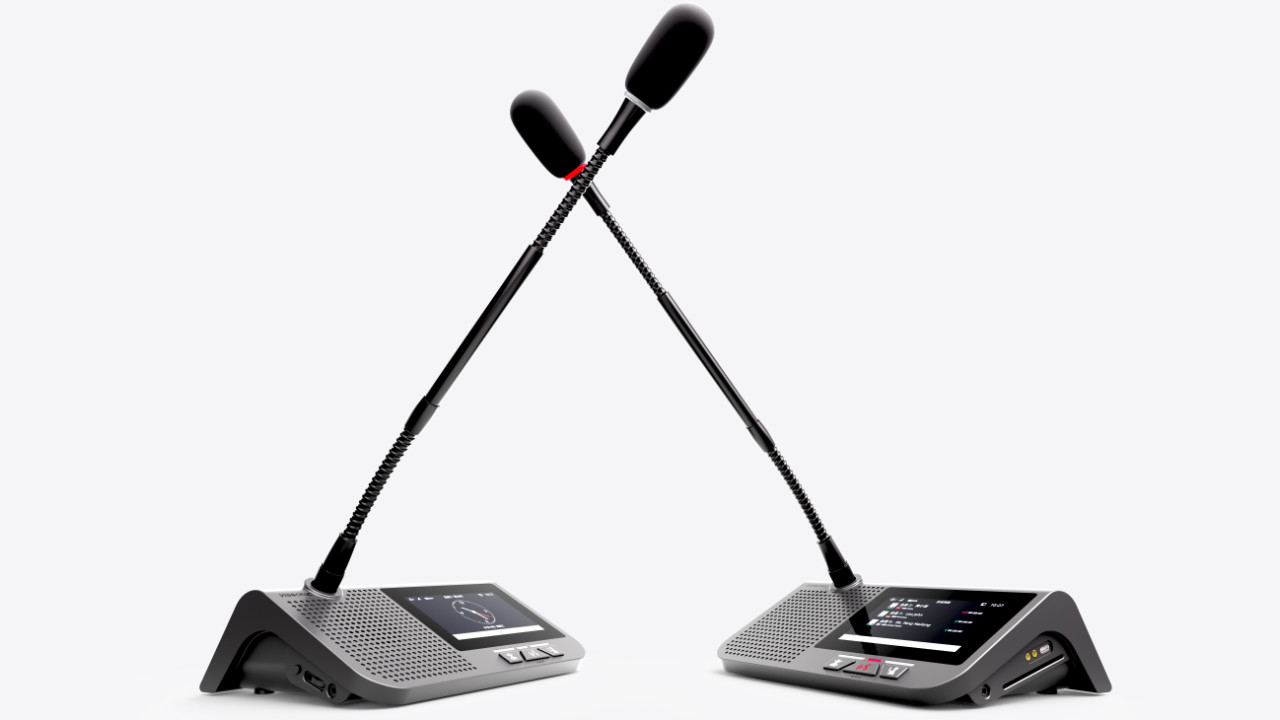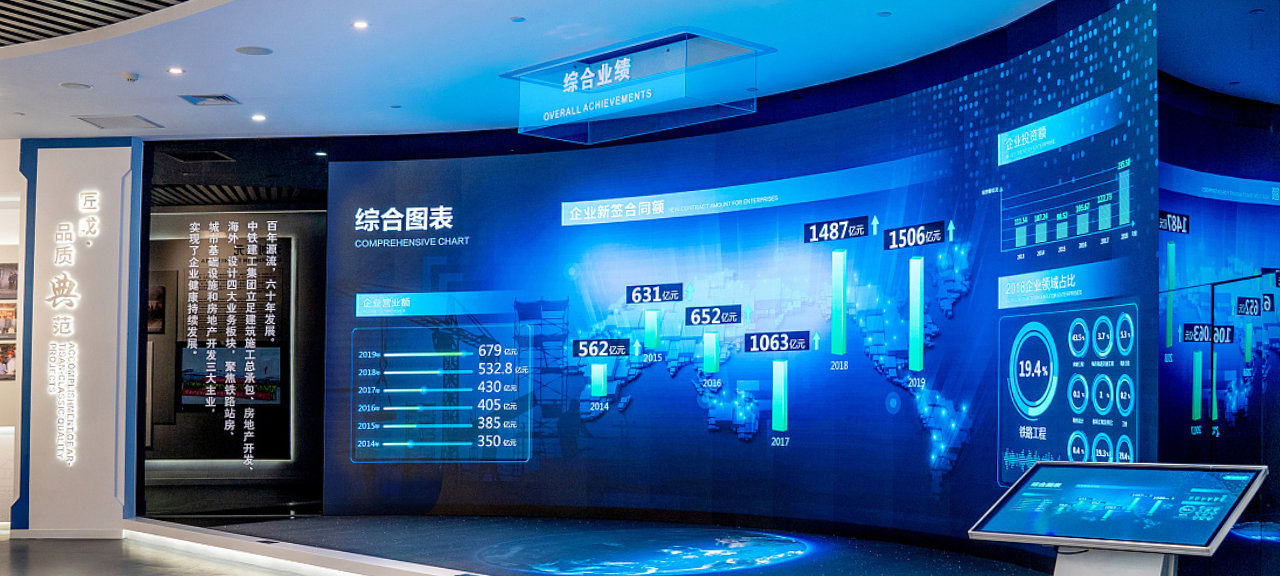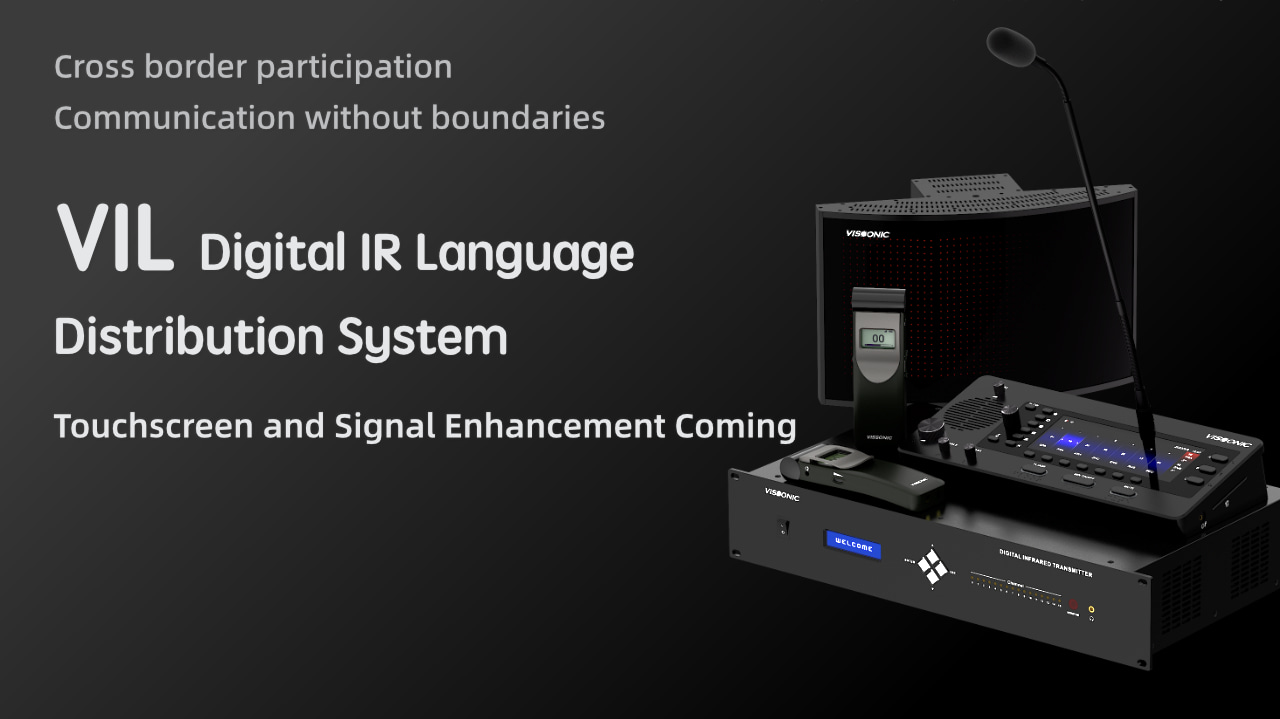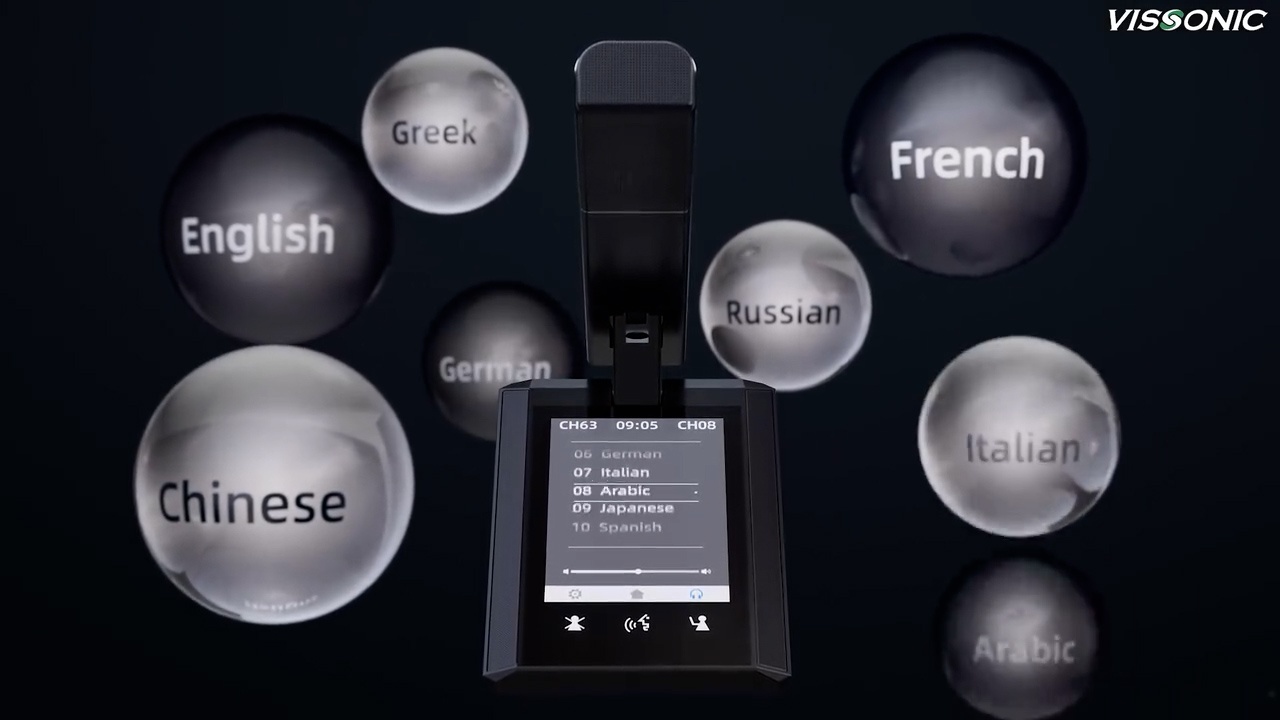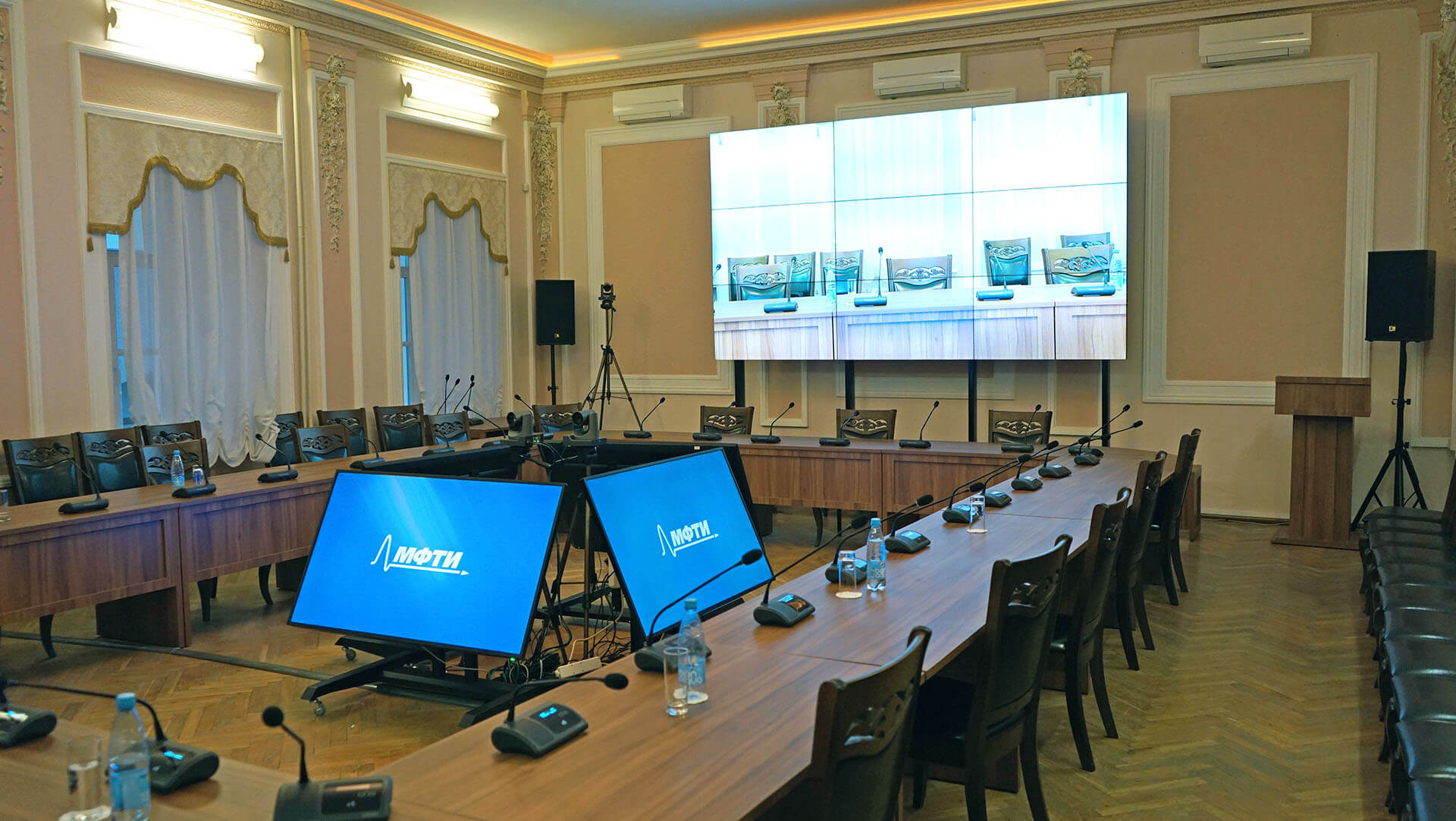What is Wireless Conferencing?
Wireless conferencing is a modern solution that allows teams, businesses, and individuals to collaborate and communicate effectively without the need for physical cables or wired connections. As technology has evolved, so have the demands for more seamless and flexible communication systems, leading to the rise of wireless conferencing. This article will explain the concept of wireless conferencing, its benefits, and how it can transform the way organizations communicate.
How Does Wireless Conferencing Work?
Wireless conferencing uses wireless networks like Wi-Fi, Bluetooth, or proprietary wireless technology to connect multiple devices within a conference or meeting. Participants can share screens, present documents, and communicate in real-time without the need to plug in any physical cables.
Typically, wireless conferencing systems involve a hub or central device connected to a display screen or projector. Meeting participants can wirelessly connect their laptops, tablets, or smartphones to this hub to share their presentations or collaborate interactively. The process is often streamlined through apps or software specifically designed for wireless communication, making it easy to use and highly efficient.
VISSONIC Wireless Conference System of the MIPT Conference Hall in Moscow
Benefits of Wireless Conferencing
Wireless conferencing offers a range of benefits that improve the overall meeting experience, collaboration, and productivity. Here are some of the key advantages:
1. Increased Flexibility: With wireless conferencing, participants can join the meeting from anywhere in the room without being tied down to specific locations by cables. This flexibility allows for a more dynamic and engaging experience, as individuals can move freely and collaborate more effectively.
2. Easy Setup and Use: Unlike traditional wired conferencing systems, which can be time-consuming and complicated to set up, wireless conferencing requires minimal hardware and configuration. Most systems are plug-and-play, meaning you can start a meeting with just a few clicks, saving time and reducing technical complications.
3. Enhanced Collaboration: Wireless conferencing allows multiple devices to be connected simultaneously, enabling better collaboration among participants. Team members can share their screens, annotate documents, and contribute in real-time, which enhances engagement and productivity during meetings.
4. Reduced Clutter: Wireless technology eliminates the need for cumbersome cables and wires, leading to a more organized and aesthetically pleasing meeting space. This also reduces the risk of tripping over cables or dealing with faulty connections.
5. Cost-Effective: Over time, investing in wireless conferencing systems can lead to cost savings. Businesses save on expensive cable installation and maintenance while benefiting from the efficiency and productivity gains that wireless conferencing provides.
Wireless Conferencing vs. Traditional Conferencing
The main difference between wireless and traditional conferencing lies in how devices are connected. Traditional conferencing systems rely on wired connections, such as HDMI cables, to connect devices to displays or projectors. This approach is not only restrictive but also requires physical setup time, limiting the ability of participants to move freely.
In contrast, wireless conferencing offers the convenience of connecting multiple devices without the need for physical cables. This means users can easily share their screens, switch between presenters, and collaborate more interactively without the hassle of plugging and unplugging devices.
Key Features to Look for in Wireless Conferencing Systems
When choosing a wireless conferencing system for your organization, it’s important to consider several key features that will ensure a smooth and efficient meeting experience. Here are some factors to keep in mind:
1. Device Compatibility: Make sure the system is compatible with various devices, including laptops, tablets, and smartphones, regardless of the operating system. The more versatile the system, the more participants can engage.
2. Screen Sharing: A robust wireless conferencing system should allow for easy screen sharing with high-resolution output. Look for systems that enable multiple participants to share their screens simultaneously.
3. Wireless Range: The system should have a reliable wireless range that covers your entire meeting space. This ensures that participants can move around the room and connect their devices without signal loss.
4. Security: Security is paramount when dealing with wireless systems. Ensure the system includes encrypted data transmission and secure connections to protect sensitive information shared during meetings.
5. User-Friendly Interface: The system should be easy to navigate, with a user-friendly interface that requires minimal technical knowledge. The easier it is to use, the faster participants can start collaborating.
Questions and Answers
Can I use wireless conferencing systems with any device?
Most wireless conferencing systems are compatible with a wide range of devices, including laptops, smartphones, and tablets. However, it is essential to ensure that the system you choose supports your specific devices and operating systems.
Is wireless conferencing secure?
Yes, most wireless conferencing systems use encrypted connections to ensure that the data shared during meetings remains secure. It is always advisable to select a system with strong security features, especially for business and professional settings.
Do wireless conferencing systems require internet access?
Not all wireless conferencing systems require internet access. Some systems use local wireless networks, such as Wi-Fi or Bluetooth, to connect devices. However, if you are conducting a meeting with remote participants, an internet connection will be necessary.
What is the average cost of a wireless conferencing system?
The cost of a wireless conferencing system can vary greatly depending on its features and capabilities. Basic systems can range from a few hundred dollars, while more advanced systems with additional features and broader compatibility can cost significantly more.

